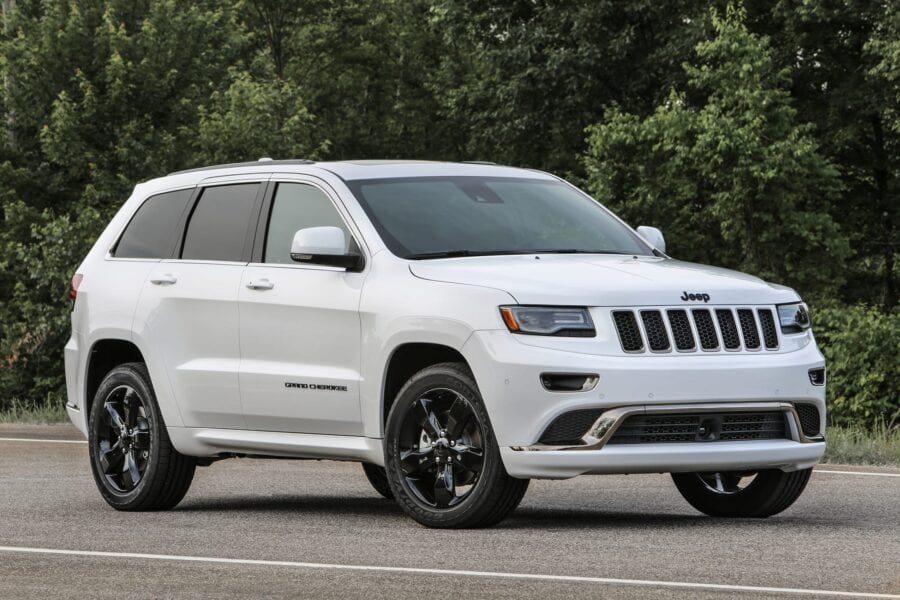
Dual clutch
Content
New: Honda moves to double decoupling.
Already used in automobiles, the dual clutch is a more efficient form of automatic transmission than a conventional transmission. It first appeared on a motorcycle on the VFR 1200. Let's take a look at this “new” process together.
The invention dates back to 1939, and the patent was filed by the Frenchman Adolphe Kegresse. The idea is to use two clutches to be able to preselect the next report while the previous one is still busy. In fact, when shifting from one speed to the other, both clutches roll at the same time. One gradually retreats, while the other enters the battle. Therefore, there is no longer a break in engine torque, resulting in more continuous traction of the bike. A detail that can be perfectly rendered in a Honda video. On the one hand, a conventional Ar motorcycle suspension gearbox that relaxes and then contracts again with each gear. On the other hand, a motorcycle that maintains a constant attitude throughout the entire acceleration period.
Therefore, we get both pleasure and productivity. A solution that finds very good use on a sporty GT that is likely to be welcomed by a passenger who will also be less overwhelmed.
Odd and passes
To achieve this result, the gearbox is now split into two parts. On the one hand, even reports (in blue in the illustrations), on the other hand, odd gears (in red), each with its own clutch (of the same color).
The sprockets and clutches are mounted on concentric primary shafts, the mahogany runs inside the blue.
This solution differs from automotive systems (DTC, DSG, etc.), which have two multi-plate concentric oil bath clutches. One inside, one outside. In Honda, the overall diameter of the clutch does not change because they are next to each other, it is just the thickness that increases.
Forks and barrel
The movement of the selection forks is always provided by the barrel, but it is controlled by an electric motor, not a selector, since it is not on the motorcycle. Said engine can be manually controlled by the pilot thanks to the manual driving commodo. It can also select 100% automatic with 2 options to choose from: Normal (D) or Sport (S), which delays gear changes and prefers high revs. The clutch control is electro-hydraulic. It uses engine oil pressure, which it drives through solenoids controlled by the ECU. Therefore, there is no longer a clutch lever on the steering wheel. This feature increases the pressure on the clutch discs by using stronger springs. This makes it possible to reduce the number of discs in favor of a smaller thickness, which partially compensates for the presence of 2 clutches. If the pilot manually operated such a clutch, the lever force would probably be too great, but this is where the engine oil pressure does the job.
Other applications in sight?
The dual clutch should be stored in automatic transmissions (if the driver so desires), but it provides the same performance as a conventional transmission. Honda says it can adapt to all engines without breaking their architecture. Therefore, we can imagine the future appearance on other models or even on a GP or SBK motorcycle. Indeed, the continuity of engine torque provides better wheel grip, which could possibly improve timing even further ...
If you're lost among the many types of automatic transmissions, Le Repaire has completely revamped the problem.
Legendary photos
Honda emphasizes the compactness of its system. For example, all oil pipelines are integrated into crankcase smelters rather than being manufactured with external hoses.
Both clutches are powered by engine oil. The solenoids are controlled by an injection computer that controls pressure to ensure the ideal skating level.
